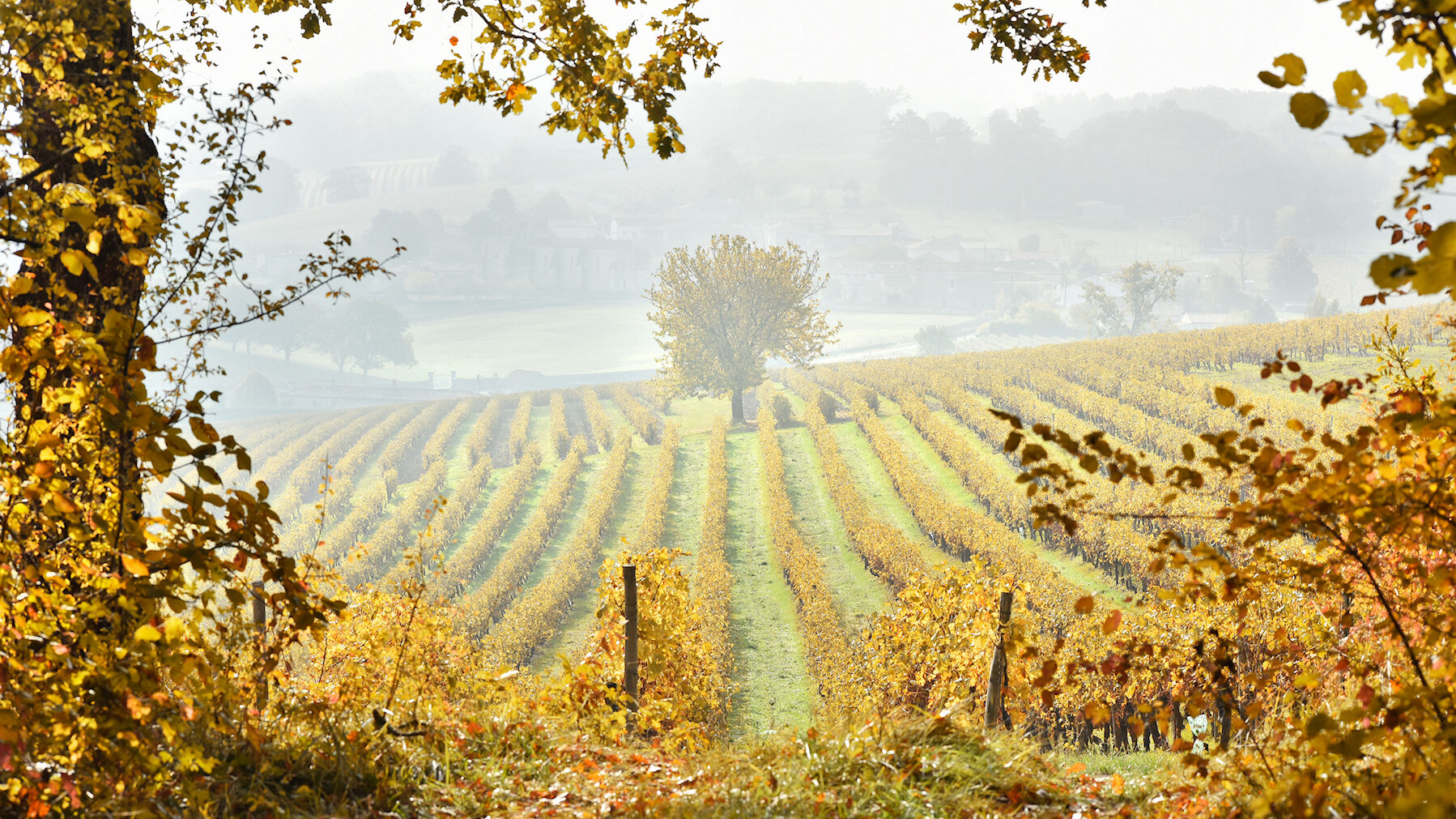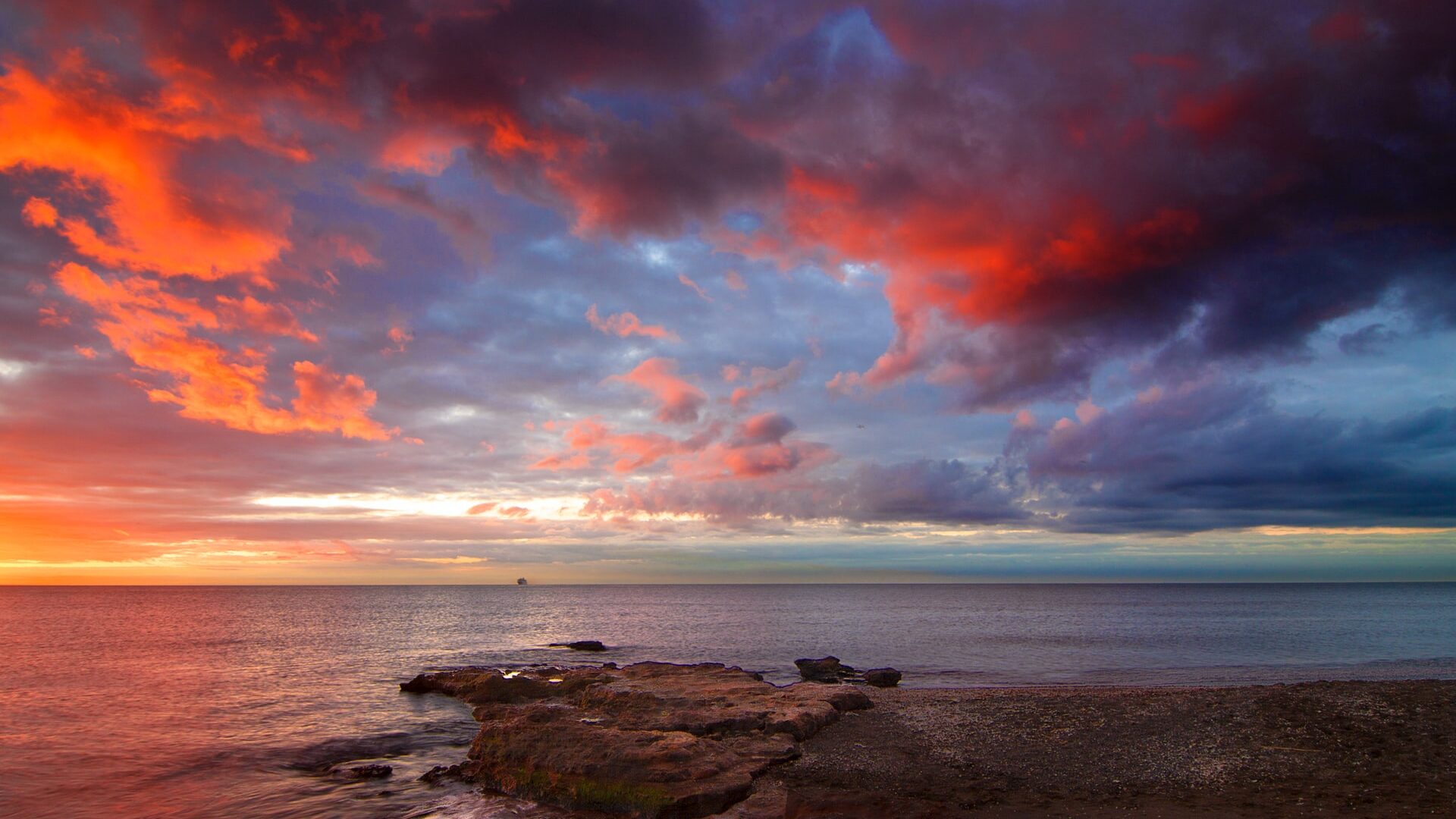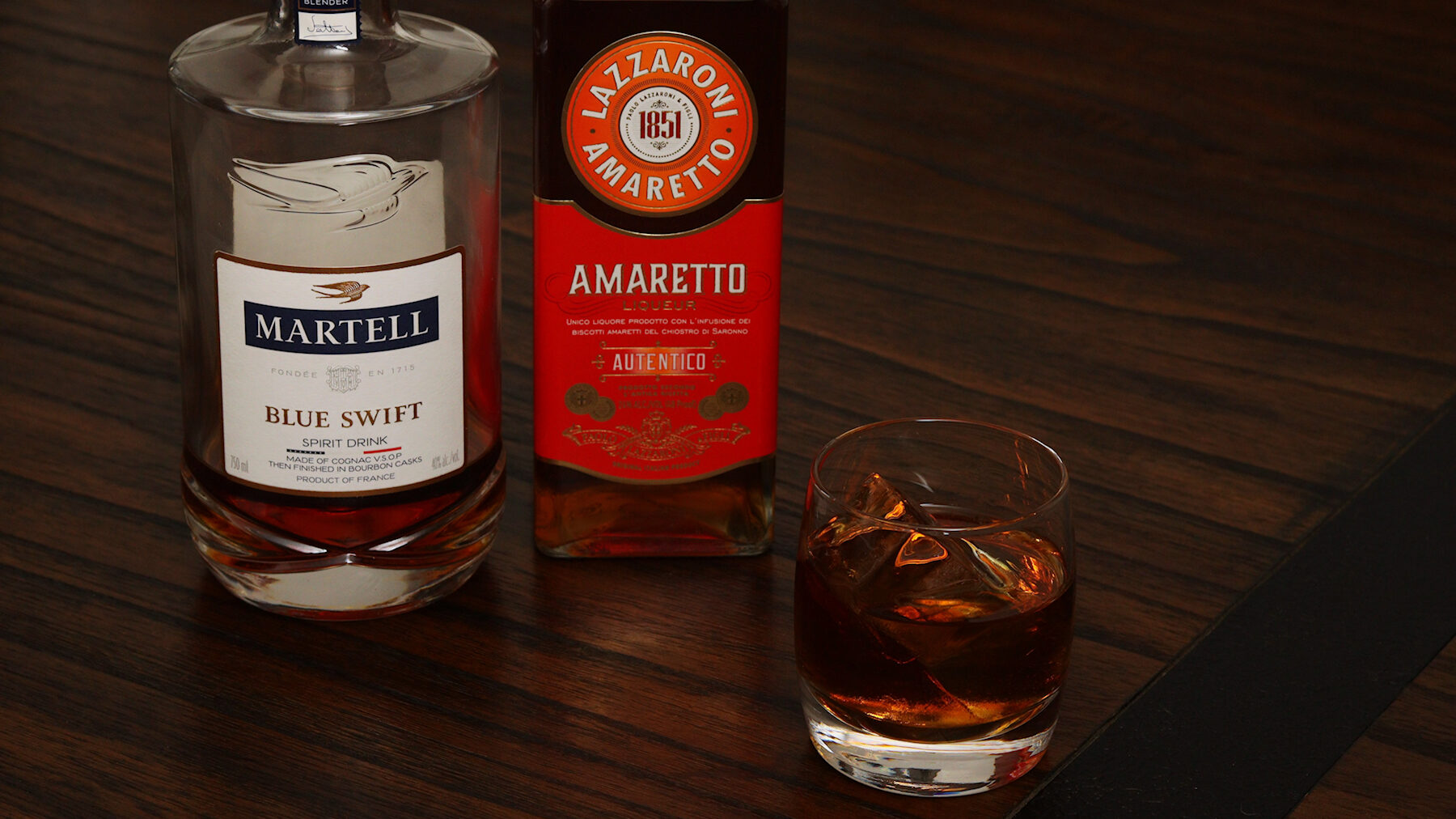Believe it or not, but when you drink a glass of Cognac, you’re playing an important role within its story. A story that started well before any American spirit existed. A drama that unfolded due to extraordinary geological circumstances. When that liquid hits my lips, it’s hard not to think of the vast history behind it. I truly believe that to really understand a distilled spirit, one needs to know the path it has taken through time, how and why it is what it is today. Cognac is known the world over, but many are still unsure as to what it really entails. It can be seen as expensive, upper class, and even too fancy for the average consumer. There’s even a widely shared stereotype of who a typical Cognac drinker is. Picture a man sitting in a leather chair by the fireplace, his wet dog on the floor next to him, with a snifter in one hand and a cigar in the other. As silly as that may sound, it’s an actual image that a lot of people see in regards to Cognac. I’m here to convince you otherwise. Yes, Cognac is seductive, luxurious, elegant, etc., but that doesn’t mean it isn’t approachable, as well. Here’s a simple question. Do you like flavor? Great! Cognac has arguably the largest range of aromas and flavors than any other distilled spirit. There’s literally something for everyone. But before we sidetrack in to another topic entirely, none of this even matters if we don’t talk about how it all began.
Now, I’m not a historian. I don’t intend on listing every single date, name, and event that happened in the Charente River Valley, the birth place of Cognac, since the beginning of time. I’m sure we all remember history class in high school being a bit challenging trying to keep timelines of events together and who married who and became Queen of so and so. I’d rather touch on the accounts I feel are the most responsible and relevant to the creation of Cognac, its exportation around the world, and its present-day image, rather than just giving you mass amounts of trivial information. I’ll try my best to keep it as simple as I can whenever possible.
To begin the story of Cognac, you have to go back quite a bit in time, say 80 million years, give or take. Yeah, we’re going that far back. Most of present-day France was under water during the Cretaceous period and sea levels were high all around the planet. North America, Africa, and Eurasia were in the process of pulling apart from each other, forming the Atlantic Ocean. It’s hard to even imagine a world untouched by humans. Crystal clear water flowing in the streams, bright green vegetation, and an unlimited amount of nutrients coming from the Earth’s crust. During this era, the sea was teeming with aquatic life. In Kyle Jarrard’s book Cognac: The Seductive Saga of the World’s Most Coveted Spirit, he mentions this more specifically:
Living in huge numbers in the warm, shallow sea on the western flank of Europe were sponges, rays, rudist bivalves, sharks, and turtles. It was a good time, biologically speaking. The water was full of nutrients pulsing from ocean rifts as the Atlantic widened. Things could only grow.
(Jarrard, 2005, p. 07)
At the base of every food chain there are the little guys, and in this instance, it was crustaceans, plankton, and algae. These tiny creatures had hard, calcitic shells and exoskeletons covering them. Oddly enough, this is truly where the story of Cognac beings.
As with all living things, a time comes when they can no longer survive. When these small creatures met their end, they would gently float to the bottom of the ocean where they became embedded into the sand. Billions of these shells and exoskeletons blanketed the ocean floor. As more and more died and floated down to the depths, they started to form layers upon layers on top of each other. Being as deep as it was under water, the pressure of the ocean kept pushing these layers together, compacting them. Over the course of millions of years of this you can image how deep these layers became.

Once the water started to recede and land began revealing itself from under the water, it left these ocean floor layers exposed over many parts of Europe. This was limestone, hundreds of meters deep. It can be found in the southwest Charente Valley where the city of Cognac resides, Reims in the Champagne region to the northeast, all over the Paris Basin, even as far north as Normandy and in to the United Kingdom. If you ever read Shakespeare’s King Lear, there’s a famous mention of the White Cliffs of Dover in it. This is located on the south coast of England which faces France. White cliffs, you say? Yes, that’s limestone. Limestone soil is key in a very important process of making great Cognac. That would be growing amazing grapes.

While studies about how soil content effects plant life, and more specifically for us, viticulture, are still ongoing, there are lots of known facts that have been gathered. In the case of Cognac and other famous grape growing areas such as Champagne, the Rhône Valley, and Burgundy, to name just a few, they all benefit from the limestone soil. It has superior water drainage for the cooler, wet months and a high water retention rate during the warmer, dry months. It’s the best of both worlds in terms of making sure the roots get the water they need when they need it. The soil consistency has a lot of gaps and spaces in its layers. This is incredibly important because it gives room for the roots of the vines to reach deep down into the earth where they can find nutrients. The most important of these nutrients is calcium carbonate, a byproduct of all those little decomposed oceanic lifeforms. The mineral is believed to be a large contributor to the pH levels, or acidity, in grapes. This is a very key component to Cognac as the wine needs to be high in acid before distillation occurs.
Hopefully you now can see that without the formation of limestone soil starting 80 million years ago, we wouldn’t have Cognac today. Or at least not as we currently know it to be. Who knows? Instead of grapes it could have been another fruit all together. It would have all been determined by what grew best. But thanks to those tiny little aquatic warriors of the past, white grapes are grown in the Charente River Valley today. This layered earth forms the foundation that Cognac stands on. The entire growth region, being only a bit smaller in size than Connecticut, feels so much bigger as you look out over the vineyards as far as your eye can see. It was here that Kings and Queens have come and gone, battles have been fought, epidemics have been conquered, and the will of the people persevered and created something beautiful. This is where the story of Cognac beings.





